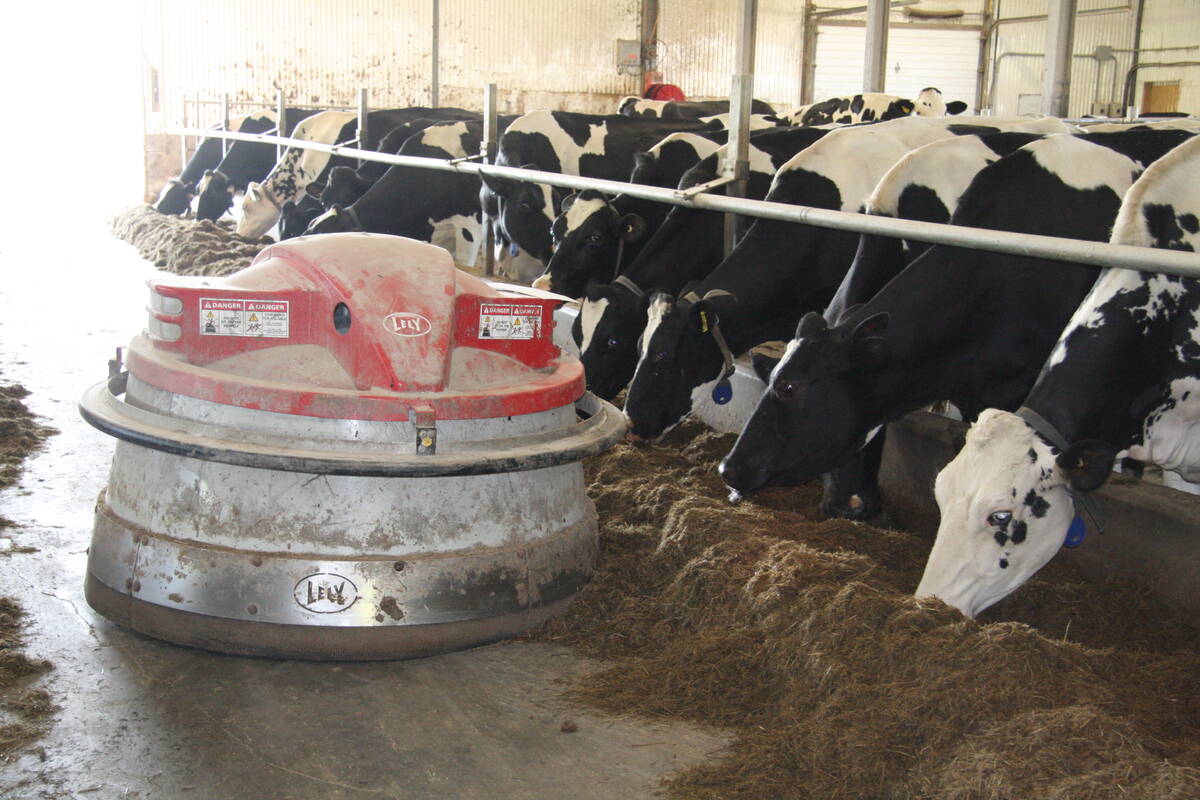After three and a half years of applications and appeals, an Alberta feedlot has won the right to expand.
The Natural Resources Conservation Board granted an approval for AAA Cattle Co. of Didsbury to expand to 18,200 head in a decision handed down April 21.
Simon Cobban, who owns the feedlot, first applied to expand from 2,500 head in January 2002. The application was among the first after the Alberta government changed its legislation governing confined feeding operations.
The approval allows 16,200 head of backgrounding feeder calves and a 2,000-head beef finisher facility. The company has until December 2007 to finish building additional pens and feed bunks.
Read Also

Partnerships, communication key to disease management
Communication and strong, trusted partnerships are key to managing infectious diseases like Foot and Mouth Disease and HPAI.
The lot is at 12,000 head capacity right now, but a restriction was placed on the operation to hold it to 5,200 animals pending further review.
While pleased to have approval, Cobban said another appeal could occur.
“We’re not home free yet but we’re getting there,” he said.
A group of his neighbours called the Committee for Lone Pine fought the submission from the beginning before the NRCB and in the Alberta Court of Appeal.
Representatives for the opposition were not available for comment at press time on April 25.
Anyone seeking an appeal to the board has 10 days from the time the decision was received, said Bill Kennedy, a spokesperson for the NRCB.
This particular case has been reviewed a number of times.
“It is certainly out of the norm in terms of the amount of time it has spent before the board,” said Kennedy.
In a normal year the board receives about 150 applications to build, expand or change confined feeding operations. Only two applications ended up in court last year, he said.
In a written statement the NRCB said the application was reconsidered and granted after reviewing the environmental risk of AAA Cattle’s existing facilities and the effect the operation might have if it expands.
It decided the company meets the requirements of the Agricultural Operations Practices Act, or AOPA, as well as technical requirements for a buffer zone, monitoring of natural water and wells, runoff controls, catch basins, manure management and insect control.
The operation has also been inspected and approved by Alberta Agriculture, Alberta Environment, the Calgary Health Authority and NRCB field staff.
The board also found the site has not posed any risk to date but it will continue to be monitored in the future.
Since AAA first applied for an expansion, the act has been refined and provided more clarity for NRCB field staff and board members on manure handling and environmental risk.
“A lot of the issues that have arisen from our particular case brought to light some of the areas of AOPA that needed to be amended,” Cobban said.















